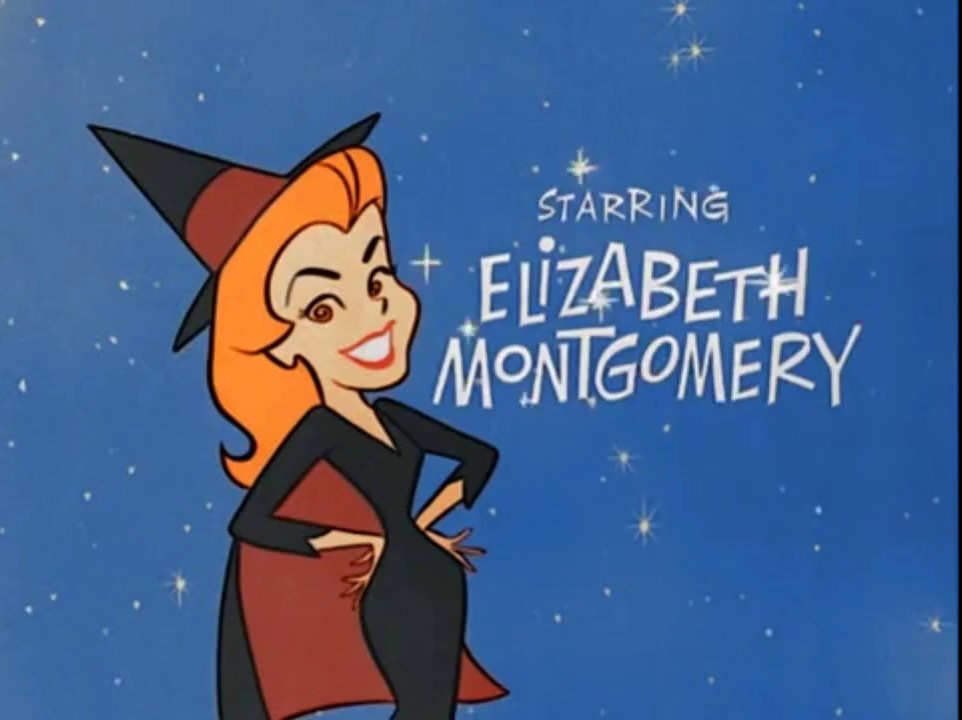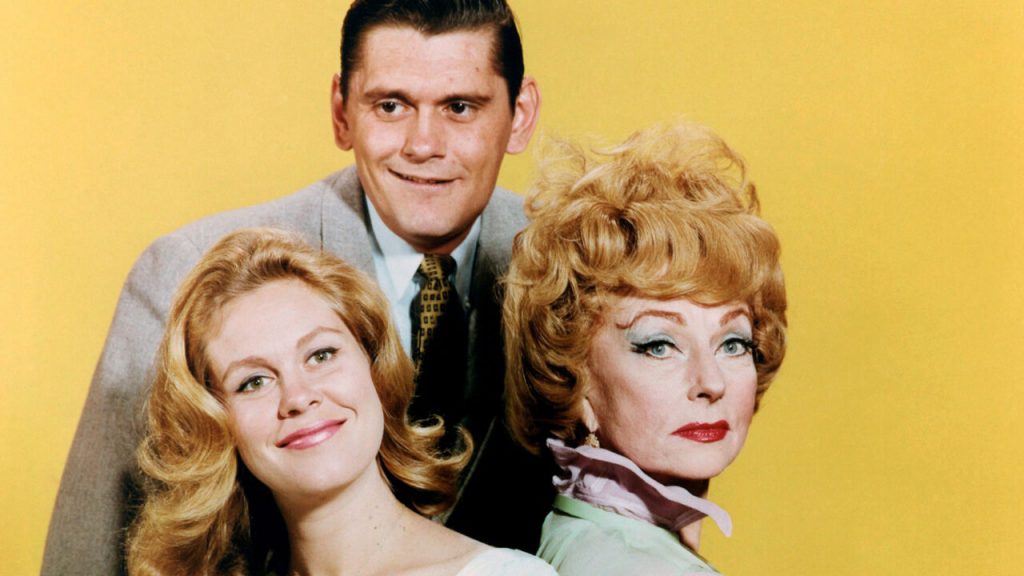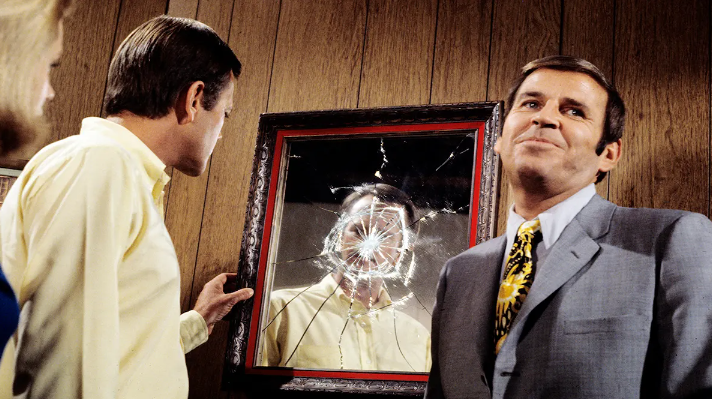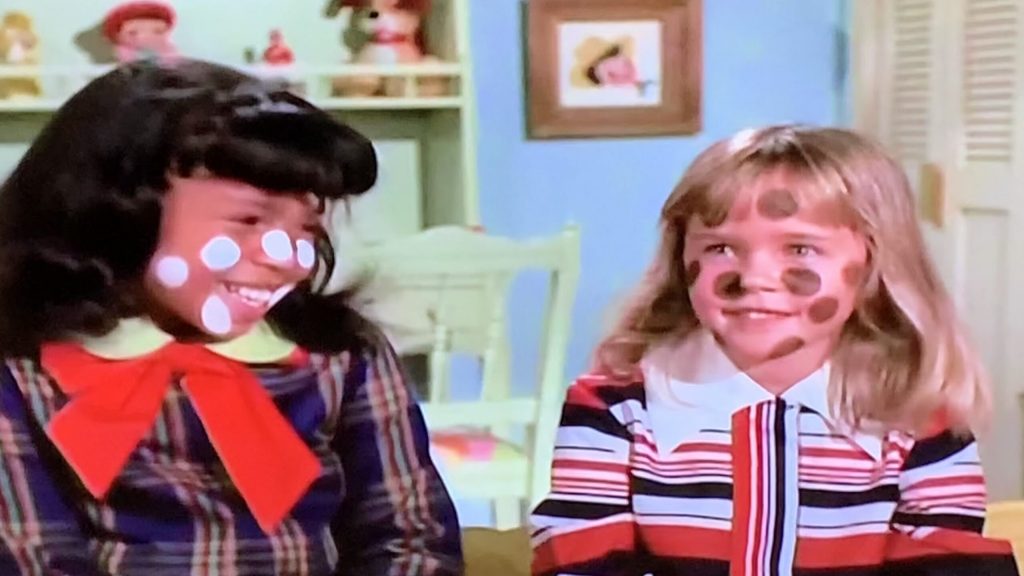
For about as long as I’ve been opening emails I’ve faithfully checked one on-line source for daily dives into the culture of television — Marc Berman’s The Programming Insider.
Marc, also a long-time member of the Television Critics Association, just has never lost his zest for television, especially for the shows that many of us grew up with in decades past.
One thing he highlights in today’s Insider, near the top, is a list of TV shows that all premiered, over the years, on September 17. It shouldn’t be surprising that there are so many, since that third week of September is right at the starting line for when the traditional linear broadcast networks would roll out their rookie hopefuls for each new season.
Among the Sept. 17 startups: Car 54 Where Are You? (1961); The Fugitive (1963); Bewitched (1964), Hogan’s Heroes (1965); Mission: Impossible (1966); Julia (1968); Room 222 (1968); The Flip Wilson Show (1970); M*A*S*H (1972); Battlestar Galactica (1978); Home Improvement (1991); Spin City (1996); Community (2009); Brooklyn Nine-Nine (2013) and Squid Game on Netflix (2021).
This year’s Sept. 17 US network startup is the new Kaitlin Olson series High Potential, which, as reviewer Maurice Tougas notes, may only work with viewers “with low expectations.”
The simple cleaning-lady-who-becomes-a-crime-solver premise, however, harkens back to those high concept premieres from exactly 60 years ago, led by a very popular show about a sorceress who married a mere mortal: Bewitched. Yes, Samantha Stevens (Elizabeth Montgomery) started twinkling her nose at the very end of TV’s black and white era 60 years ago. The same month in 1964 saw the start of two shows about ghoulish families: The Munsters and The Addams Family. My Favourite Martian had already landed in 1963; Gilligan’s Island‘s three-hour tour set sail about a week after Bewitched began. You could also take a Voyage to the Bottom of the Sea that year or watch The Beverly Hillbillies. One year after Bewitched, I Dream of Jeannie started granting wishes on NBC.
advertisement

Why so much escapist programming? Viewers still reeling from the assassination of US president John F. Kennedy were looking to drift into anything to take their minds off what happened in Dallas. There were further horrors as the Vietnam War started to escalate on the evening newscasts. The Beatles, James Bond, the space race – they all helped make the ’60s seem cool and take some of the heat off any lingering Cold War fears.
Bewitched had a little something else going for it. That first season, 1964-65, it was No. 2 in America behind only Bonanza. It was for years by far ABC’s biggest hit.
Created by Sol Sacks, the series was produced by Harry Akerman and directed by William Asher (Montgomery’s husband). Rehearsals for the pilot episode began — and were cut short — on November 22, 1963 — the date of the Kennedy assassination.
Viewers were quickly cast under Montgomery’s spell. The daughter of movie star Robert Montgomery, her career began in the late ’50s but never really took off until Bewitched. There was something sly and intriguing about her; she didn’t come on as strong as Emma Peel or, later, Catwoman, but for a lot of very young boomers, she was was an early crush.
The rest of the cast was strong, especially original Darren Dick York, who had the unenviable task of being the hard-ass mortal who was crazy about his witch but didn’t want her to use her powers. As witch-in-law Endora, Agnes Moorehead delivered plenty of backboard and more. David White as Darren’s ad agency boss Larry Tate provided all the Mad Men archetypes Matthew Weiner would ever need to emulate decades later.
There was also a large bench of terrific character actors in supporting roles. In her brief two seasons on the show, Alice Pearce was the defining Gladys Kravitz, winning a posthumous Emmy after cancer claimed her life. Veteran actor George Tobias as her long-suffering husband Abner brought much comic relief to his role.

Paul Lynde stood out so much as Uncle Arthur he seemed to be on every other episode instead of just ten. Maurice Evans (as Samantha’s warlock dad), Marion Lorne (another Emmy winner as befuddled Aunt Clara), Alice Ghostley (Tabitha’s babysitter Esmeralda) and Bernard Fox (“Paging Doctor Bombay!”) all added to the fun.
The show was very of the ’60s. At McMahon and Tate, the cocktails and cufflinks were de rigurue. Darren was fixated on being head of the household even though he could be turned into a frog at any moment.
Still, episodes attempted to confront some racial or feminist points. Bewitched wasn’t a Norman Lear comedy — not by a long shot — but there did seem to be an awareness, as the series and the ’60s went on, that the times they were a changin’.

One Christmas episode, “Sisters at Heart” (1970) has the Steven’s budding witch daughter Tabitha (Erin Murphy) blending, polka-dot like, with her young black friend. The mixed race episode, occurring in the Dick Sargent as Darren era, is probably more startling today with all the blackface. The idea behind this “very special episode,” however, was credited to a tenth-grade English class at Jefferson High, a predominantly African American school in Los Angeles, after Montgomery and Asher had the students visit the set of the series.
Horrified by her students’ reading abilities, 23-year-old teacher Marcella Saunders wrote to the producers of Julia, Room 222 and Bewitched asking to meet the producers. Only Montgomery and Asher responded. A field trip to the set was arranged with Asher and the producers springing for the bus. Encouraged by the teacher, the students later wrote their own Bewitched script. Asher and Montgomery loved it and handed it off to screenwriter Barbara Avedon to punch it up. Avedon suggested the Christmas angle, and the students all received credit at the end of the episode. Montgomery, who died in 1995, claimed it was her favourite episode of the series.
Without putting too much of a point on it, the way Samantha and Endora bristled at the drudgery of housework also seemed to cheer feminist leaders of the day. Other TV wives and mothers in the ’60s were cut more from the Leave it to Beaver or Brady Bunch cloth.
There has been some discussion as well as to Samantha and Darren’s “mixed marriage.” Montgomery was asked in 1992, by The Advocate, if the show was actually an allegory about closeted homosexuality. Samantha, of course, felt strictly compelled to hide her identity as a witch, less Gladys Kravitz and others completely lose it.
“Don’t think that didn’t enter our minds at the time,” said Montgomery. “We talked about it on the set—certainly not in production meetings—that this was about people not being allowed to be what they really are. If you think about it, Bewitched is about repression in general and all the frustration and trouble it can cause.”
A fairly high concept indeed for a spell cast sixty years ago.






